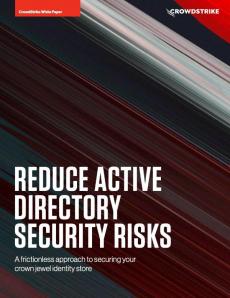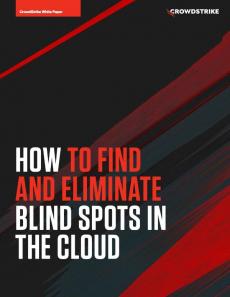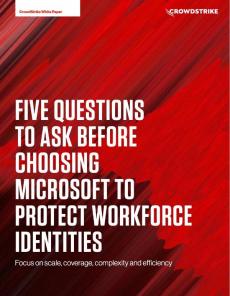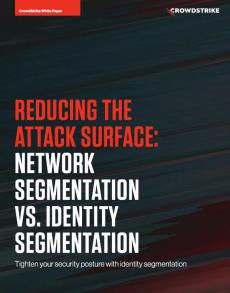Reduce Active Directory Security Risks
Since a majority of the breaches are credential based, securing your multi-directory identity store - Microsoft Active Directory (AD) and Azure AD - is critical to protecting your organization from adversaries launching ransomware and supply chain attacks. Your security and IAM teams are concerned about securing AD and maintaining AD hygiene - and they need to be in sync, for example, to ensure that legacy and deprecated protocols like NTLMv1 are not being used and that the right security controls are in place to prevent breaches in real time.







